Kashmir
Kashmir Srinagar Himalayan Odyssey
Mother Masala Tours
Sacred Waters: First Light of Kashmir
Kashmir Srinagar Himalayan Odyssey. According to ancient Sanskrit texts, the sage Kashyapa drained these waters, creating the habitable land we know today. The name "Kashmir" derives from "Kashyapa-meru" or "Kashyapa's Mountain." The earliest settlements, dating back to 3000 BCE, developed along the banks of the life-giving Vitasta River - now Jhelum. Archaeological findings at Burzahom reveal sophisticated Neolithic communities that transitioned from pit dwellings to surface houses, mastering agriculture and crafts. The population grew to reach 40,000 by 600 CE. Buddhist influences arrived with Ashoka's missionaries in 273 BCE, establishing monasteries and stupas. Today, the valley holds 7.2 million people, their lives intertwined with these ancient waters and mountains.
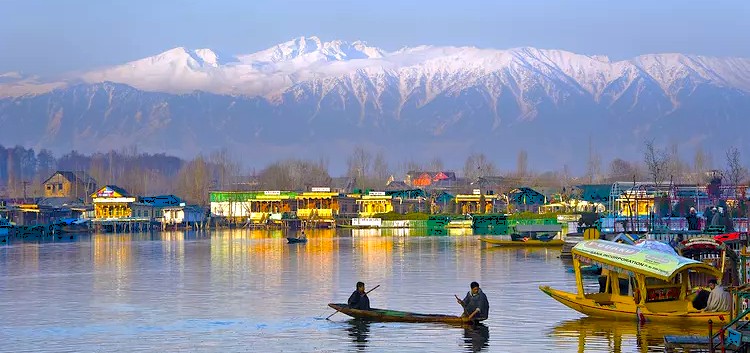
Kashmir Srinagar Himalayan Odyssey: Name Share
The pairing originated in 1846 when the British sold diverse territories to the Dogra Dynasty ruler Gulab Singh after the First Anglo-Sikh War. This transaction unified two distinct regions: predominantly Hindu Jammu - southern foothills, and Muslim-majority Kashmir Valley - northwestern mountains. The Treaty of Amritsar formalized this amalgamation, creating the princely state of "Jammu and Kashmir." After India's independence in 1947, Maharaja Hari Singh maintained this political union through accession to India, preserving the hyphenated name that acknowledges both regions' unique identities.
Artistic Legacy
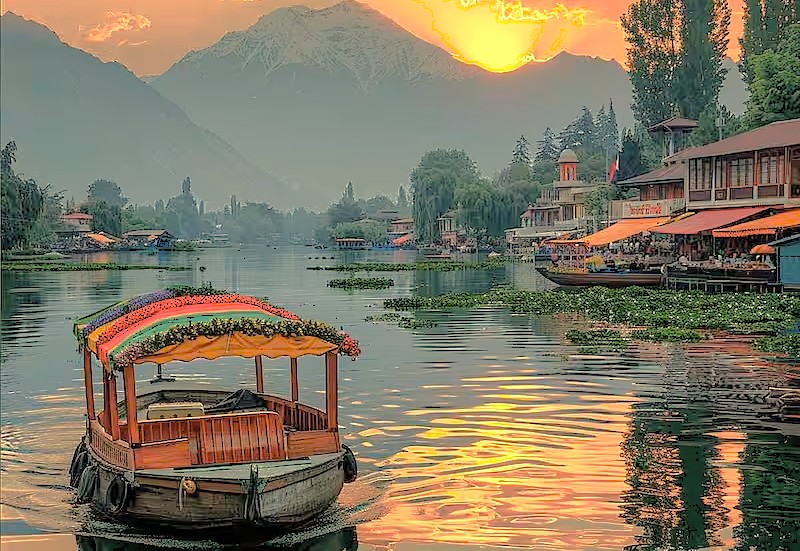
Master craftsmen passed skills through generations in the region through various specialized trades. Paper-makers in downtown streets create manuscripts using hemp and mulberry bark through methods that require careful handling. Metal workers shape copper vessels using ancient techniques with hammers and specialized tools similar to those used long ago. The Shah Hamdan Mosque ceiling displays incredible woodcarving work with intricate patterns that remain intact today. Carpet weaving became established when Mir Sayyid Ali Hamadani brought craftsmen from Persia to teach locals these valued skills.
Royal Feasts: Culinary Heritage
The Wazwan tradition began during Sultan Zain-ul-Abidin's reign, developing into a 36-course feast. Each dish required specific preparation methods - rogan josh used 14 spices in exact proportions. The royal kitchen employed 150 specialized cooks, each mastering particular dishes. Traditional copper vessels, some weighing 100 kilograms, cooked food for 500 people simultaneously. Saffron cultivation covered 750 hectares during peak production. Rice varieties numbered 21 types, each suited to specific preparations.
Musical Heritage: Songs and Sounds
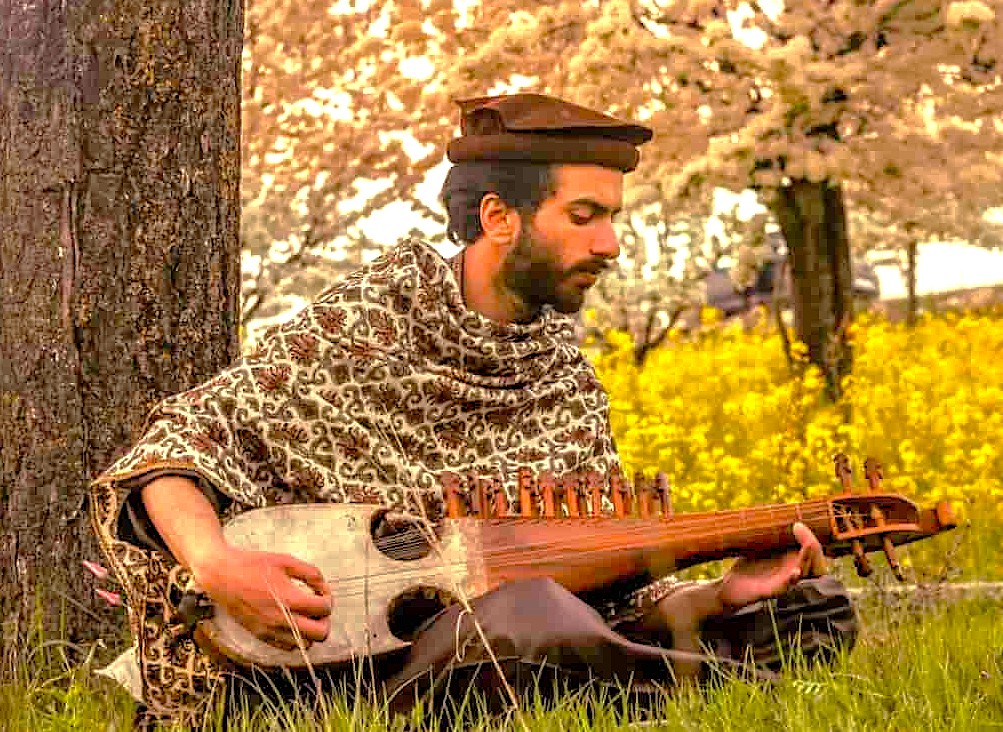
Kashmir Srinagar Himalayan Odyssey reveals rich musical traditions that evolved through centuries of cultural exchange across the region. Traditional music emerges from three main streams - Sufiana Kalam dating back to the 1400s, diverse folk music performed at festivals, and classical forms with ancient roots. The Chakri style incorporates specific vocal techniques that families preserve through generations of dedicated singers who train from childhood. Santoor players create distinctive melodies on this multi-stringed instrument during ceremonies throughout the year in village gatherings and city concerts.
Complete Relaxation
Dal Lake offers peaceful shikara rides during sunset when colors reflect across the water in changing patterns throughout the evening. The boats glide smoothly past floating gardens and other vessels carrying locals and travelers alike. Anu Valley presents green landscapes with mountain backdrops that change appearance as clouds move across the peaks. Betaab Valley features clear streams running through meadows where people often stop to take photographs of the scenery. Srinagar provides many opportunities to relax with comfortable accommodations that include traditional design elements blended with modern amenities. The hotels serve regional cuisine prepared with local ingredients grown in nearby gardens and farms throughout the surrounding countryside.
Sacred Coexistence Along Dal Lake
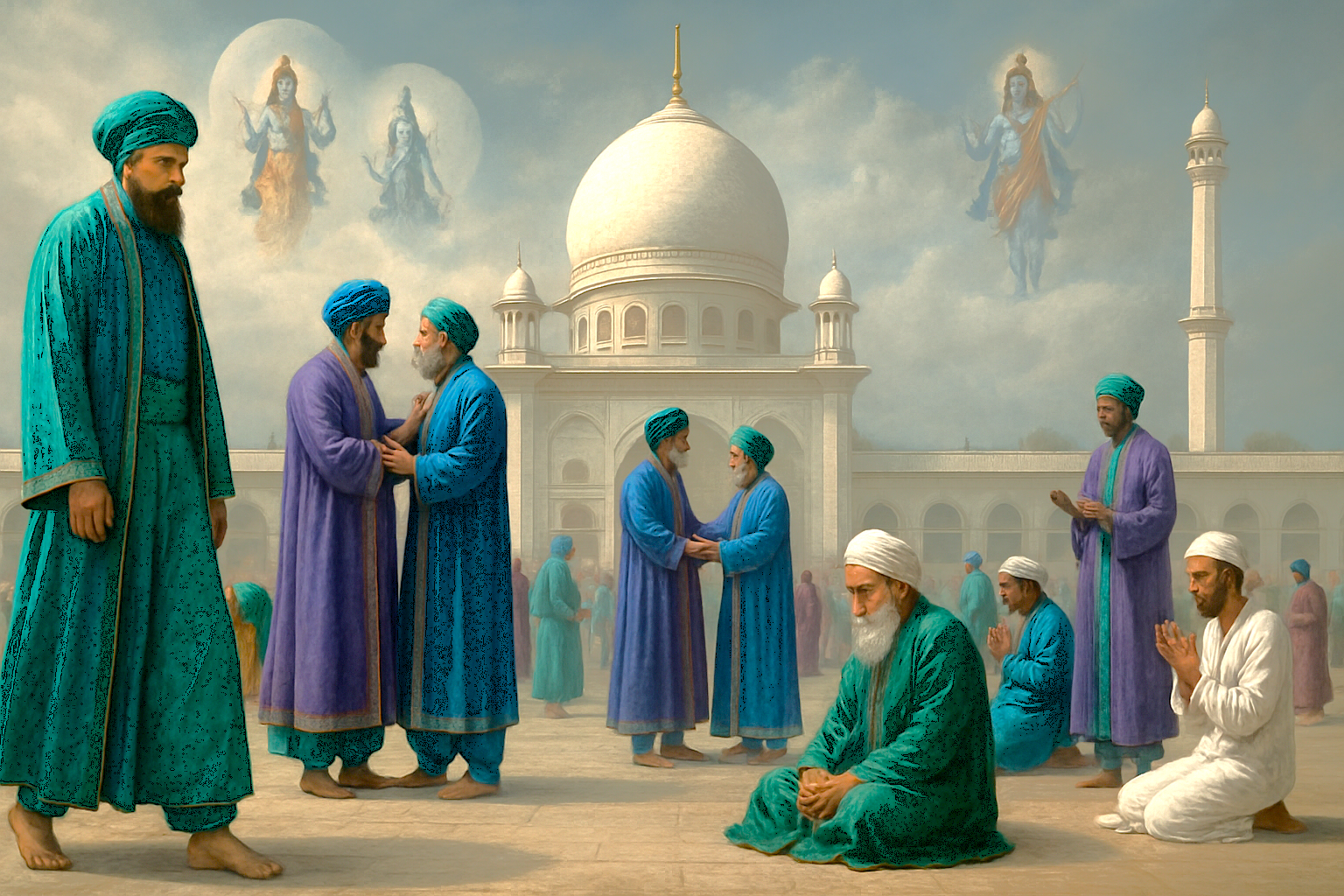
Islam stands as the predominant faith in Srinagar - 95% of locals are Muslims who attend prayers five times daily. The call to prayer echoes across neighborhoods from numerous mosques including the grand Jamia Masjid and revered Hazratbal Shrine. Hindus maintain shrines in their homes alongside regular temple visits. Sikh communities gather at gurdwaras where they prepare langar meals for everyone regardless of background. Buddhists continue traditions that have existed in the region for centuries. Christian families attend Sunday mass at the handful of churches in the city.
Pack Your Bags, Say Yes to Adventure - Join Us
Kashmir Srinagar Himalayan Odyssey. Come with us. Delve into Karnataka's ancient temples and peaceful lakes. Our visit helps to support the conservation of 157 historical monuments and the protection of 85 square kilometers of Dal Lake. Meaningful exchanges with local businesses and artisan workshops create lasting value beyond money for communities and travelers alike. Have your "Did that really happen" moment when you are back at home.
Mutual Benefits of Exchange
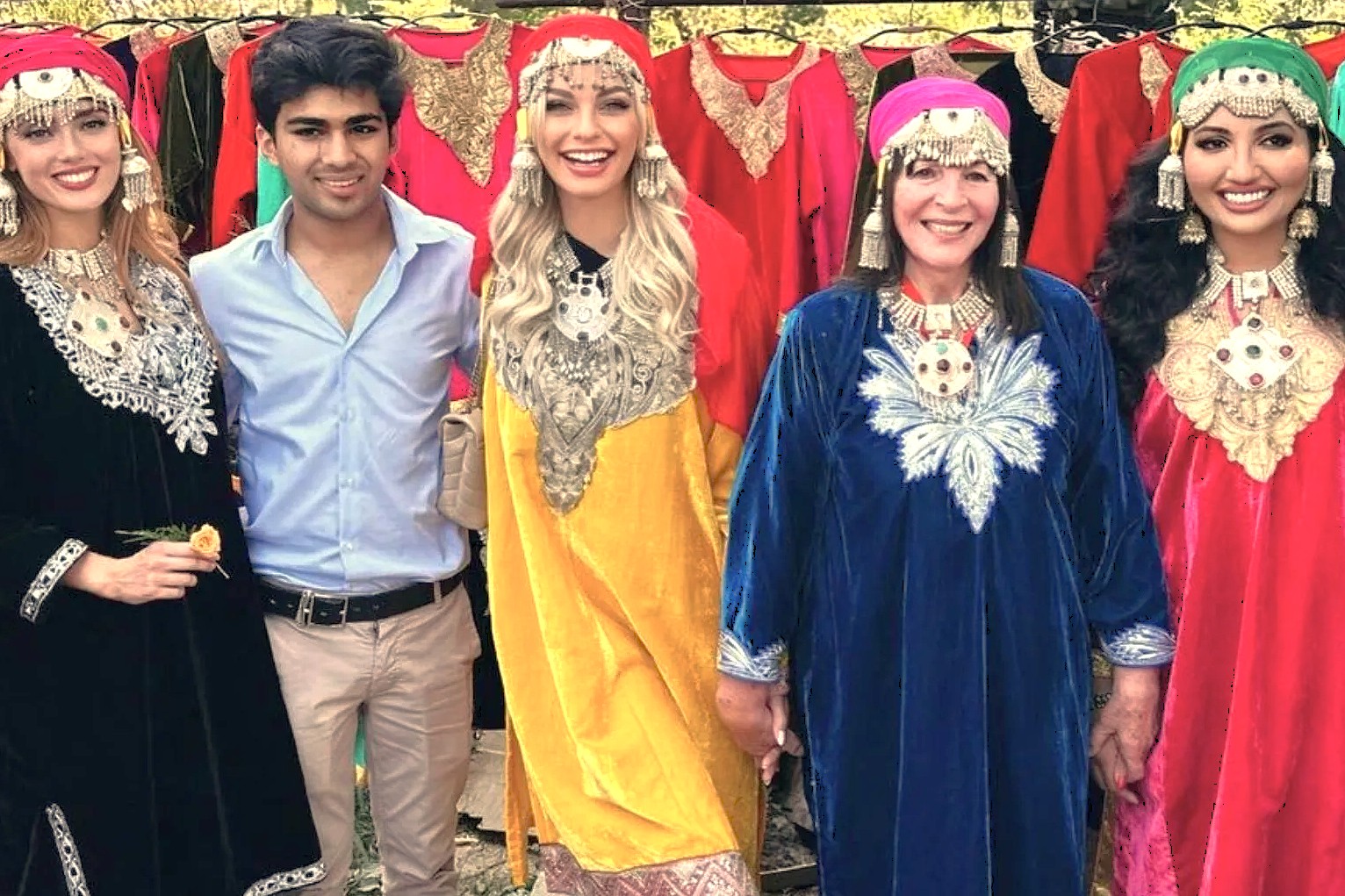
The exchange between visitors and local businesses creates value that flows in multiple directions throughout communities in this region. Travelers spend money on accommodations, food, transportation, and souvenirs that directly supports local employment and family incomes. Local businesses gain exposure to different perspectives while visitors learn about authentic products and services unique to the area. Small enterprises often adapt offerings based on interactions with people from different backgrounds while maintaining cultural authenticity.